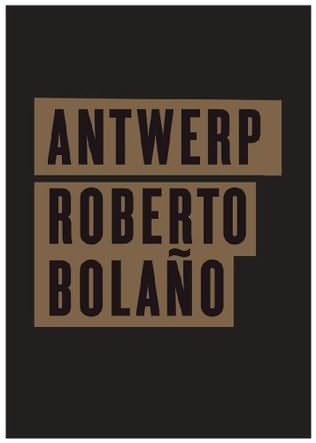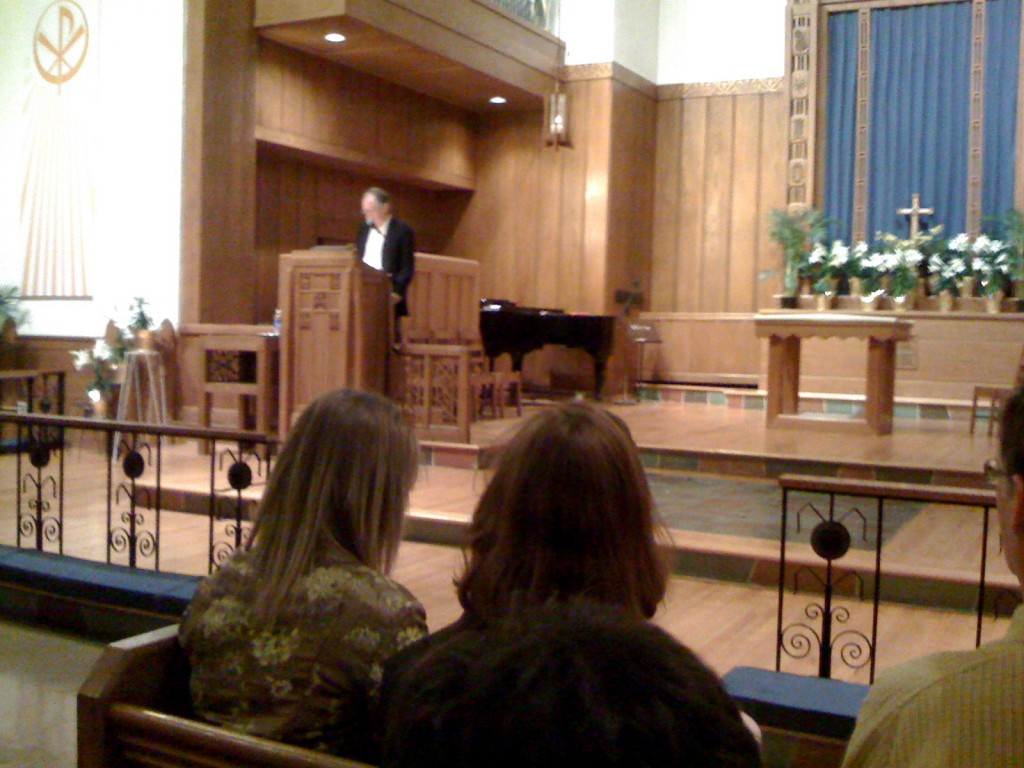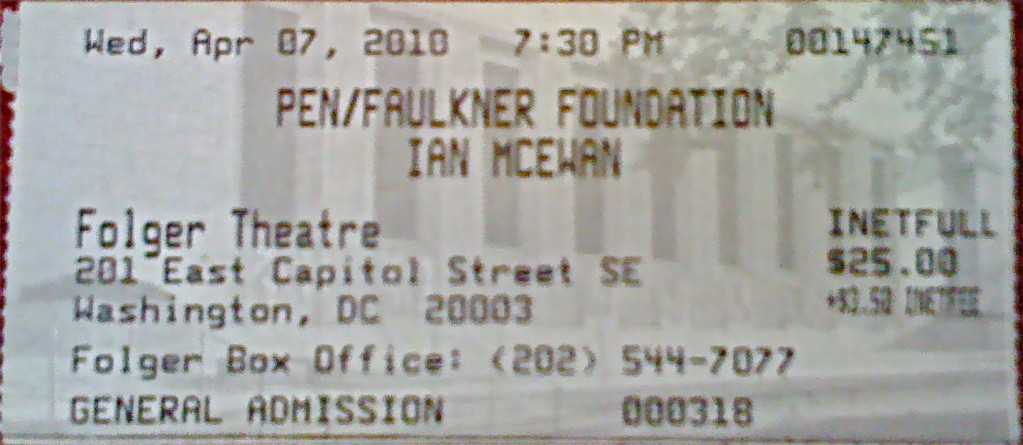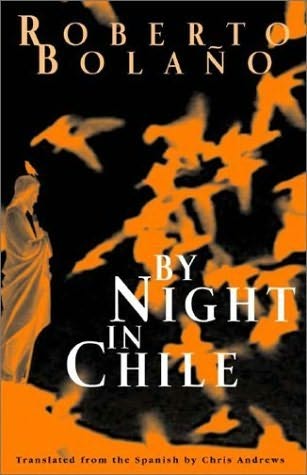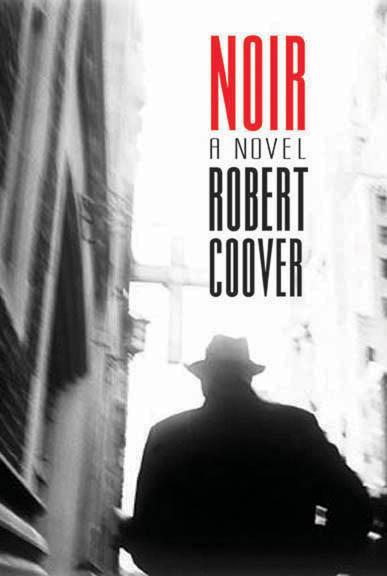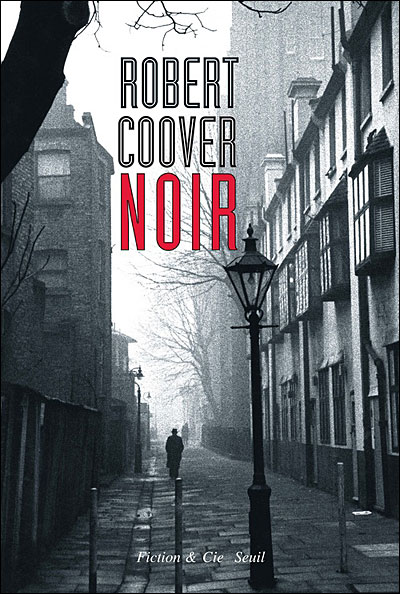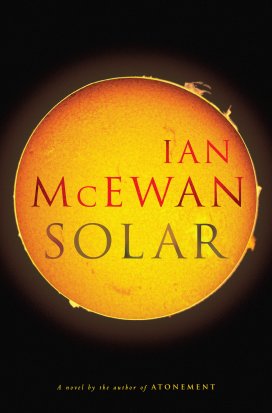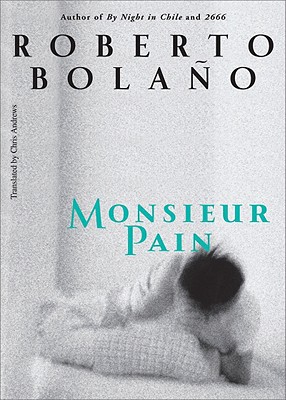.
.
Antwerp differs categorically from Bolaño’s mature novelistic output marked by such fully-formed successes as By Night in Chile and The Savage Detectives — books in which the author constructs a story line rich enough to communicate his considered view of the world. Antwerp dates from 1980 when the author was shifting his principal mode of expression from poetry to fiction. It consists of 56 numbered chapters totally a mere 76 pages. The setting is Barcelona. Characters include a Hunchback; a mysterious young woman caught in an abusive relationship with a cop and who appears slated soon to die; and the 27-year-old Bolaño. There is little in the way of plot connecting the 56 vignettes or mini-narratives or prose poems: each segment tends to be provisional, contingent, and relative. Antwerp, with its frustrating fragmentation and hallucinations, gives the impression of being a cobbled assemblage of pages. Not even Bolaño’s celebrated skill as a fabricator can dislodge this impression. There is no journey; instead, there is a seeming lack of intention. Yes, there is textual inventiveness throughout the book, but if the author meant this to be an experiment in meta-fiction, what he has rendered is, in my judgment, not a success.
To avoid disappointment the reader must alter his or her expectations before delving into Antwerp. In fact, it may be best if you take a pass on Antwerp unless you count yourself among the hardy crew of Bolaño aficionados. To those souls I offer these words.
One way to prepare for the book is to adopt the style and practice of a detective. Treat Antwerp as a sheaf of papers found in the drawer of a prospective master. (As explained in the author’s preface — for me the most interesting pages in the book — this is how Bolaño himself viewed the scatter-shot material when he decided to publish it 22 years after its creation.) Abetting this plan are the physical contours of the book — a small, slim object, jacket-less, black in color, looking like an intimate notebook, divorced from any context, apparently casually set aside. In his intentional novels, Bolaño routinely foregrounded detective activities. 2066 is the most rigorous example. And so I think the reader should adopt that mode when beginning carefully to thumb through Antwerp‘s pages. As many Bolaño protagonists soon learn, your work will consist of much drudgery . . . and lead to uncertain revelations. The principal payoffs in this instance are occasional poetic passages (“Someone stands in the shadows preparing for his death and his subsequent transparency” (p. 7)). Not surprisingly, mordant observations predominate (“Nothing lasts, the purely loving gestures of children tumble into the void” (p. 51)), with only occasional humor (“Some people choose the worst moments to think about their mothers” (p. 71)). Much of the text is cryptic, though parts have a Zen tang: “The word ‘shoes’ will never levitate” (p. 6). Cinematic touches abound. You know not to expect answers, or (in this book) a sustainable melody.
Another way to approach Antwerp is to consider it a derivative of a fully-formed novel that doesn’t exist. If you are one of those readers so in love with an author, or a particular book, that you search for illumination in the author’s notebooks, journals, log-books, flotsam and jetsam, then here is another occasion to indulge your passion. Chapter 41, for example, is a straightforward 300-word diary entry about a night spent in a decrepit train station, as Bolaño and his (sleeping) girlfriend wait for the morning train to Portugal. I had a sense while reading Antwerp that it was not so much a novel as a preparation for a piece of fiction that defies categorization, mixed with a running account of Bolaño’s own emotional crises, blended further with actual dreams and other elusive autobiographical details. The text contains signs Bolaño knew Antwerp was a failure: “No work could justify the slowness of movements and obstacles” (p. 62); “There’s something obscene about this” (p. 64); “Poor Bolaño, writing at a pit stop” (p. 66); and a dangling reference to “undisciplined writing” (p. 51). Yet Bolaño needed to write.
When the day comes that a full-scale biography of Roberto Bolaño is published, I believe Antwerp will be cited at length in a chapter devoted to his residence in Europe, circa 1980. On the evidence of the book’s hallucinatory fragments (there’s a chilling recurrent image of persons without mouths, for example) and references to illness (“nervous collapse in cheap rooms” (p. 32)), this was a difficult period of transition in the author’s young life (“My innocence is mostly gone and I’m not crazy yet” (p. 52); “I no longer ask for all the solitude in the world, but for time” (p. 62); “But you write … and you’ll get through this” (p. 44)). In retrospect, we know greatness awaited.
On final consideration, Antwerp is best viewed as an appurtenance to Bolaño’s legacy — a rickety outbuilding found on a sprawling literary estate, far from the main mansion; an inessential stop for all but the most devoted visitors.
Stray sentences from the notes I recorded as I read the book:
Sophie Podolski is mentioned on pages 4 and 10. Bolaño must have seen her as a true contemporary: both were poets, born in 1953. He recounts news of her suicide (on page 4) and her unfulfilled promise (she “wrote like a star” and “would’ve been twenty-seven now, like me” (p. 10)). She appears in “The Savage Detectives”.
As for Colan Yar, a mysterious figure mentioned throughout, I remain in the dark.
There is recurring mention of voices or, even more frequently, applause, coming from “a dark corner” or off-stage. In a variation, this device becomes the “wizened youth” who oppresses the priest in By Night in Chile.
Illness will be a major motif of any Bolaño biography, I predict. Not just the liver failure that took his life at age 50, but earlier illnesses, episodes of “blankets pulled up to my ears, motionless in bed, sweating and repeating meaningless words to myself” (p. 7).
Sometimes he is redeemed by love: “Doubly afraid of himself because he couldn’t help falling in love once a year at least” (p. 66). Or not: “One day the person you love will say she doesn’t love you and you won’t understand. It happened to me. I would’ve liked her to tell me how to endure her absence. She didn’t say anything.” (p. 47).
Bolaño’s love 0f film is ever-present, from the makeshift movie screen erected in the woods for villagers’ delight (p. 21 and elsewhere), to some of the vignettes (chapters 18, 25, 40) that take the form of film scenarios, to a final bit of advice: “Don’t stop going to the movies” (p. 53).
In Chapter 49 Bolaño tests out the possibility of a narrative that interleaves a barroom pick-up with a news item about a traffic accident involving an overturned truck carrying pigs. (Hah!)
Chapter 50 is an apparent autobiographical snippet observing how additionally seductive it is when two persons seeking connection don’t understand each other’s language.
This is a book about writing; among the observations is this one: “What poems lack is characters who lie in wait for the reader” (p. 71). By 1980, Bolaño was transitioning from poet to prose writer to novelist. He was in state of transitioning not only as a writer but as a person; or in his case did this amount to the same thing? There is an air of post-adolescent expectancy in the book, a feeling that “something’s coming,” that the surviving narrator is on the cusp of a new life.
Embossed on the back cover of the jacket-less book is this author statement: “The only novel that doesn’t embarrass me is Antwerp.” I think this is a riddle whose decipherment requires, first, rejection of the premise that “Antwerp” is a novel at all. The statement is a smokescreen, a subterfuge, a lie that shields the truth of his feared descent into sentimentality, of his condition post-Antwerp.
Ultimately the reader is left confused. Is this a novel driven by a postmodern, meta-fictional agenda? Is it the developmental record of a potentially fully-formed novel? Is it a denatured autobiography?
[Note: A condensed version of this review is found here.]
.
